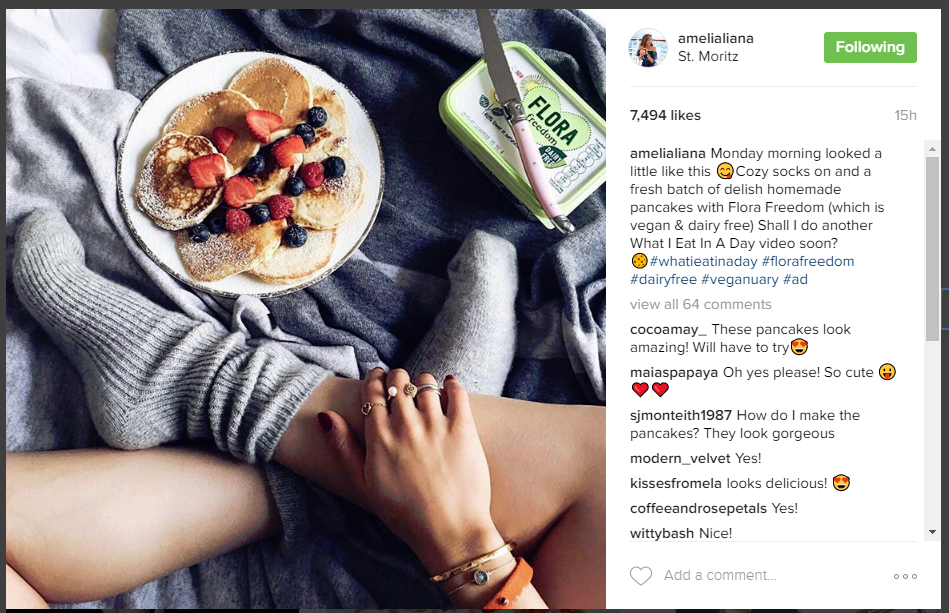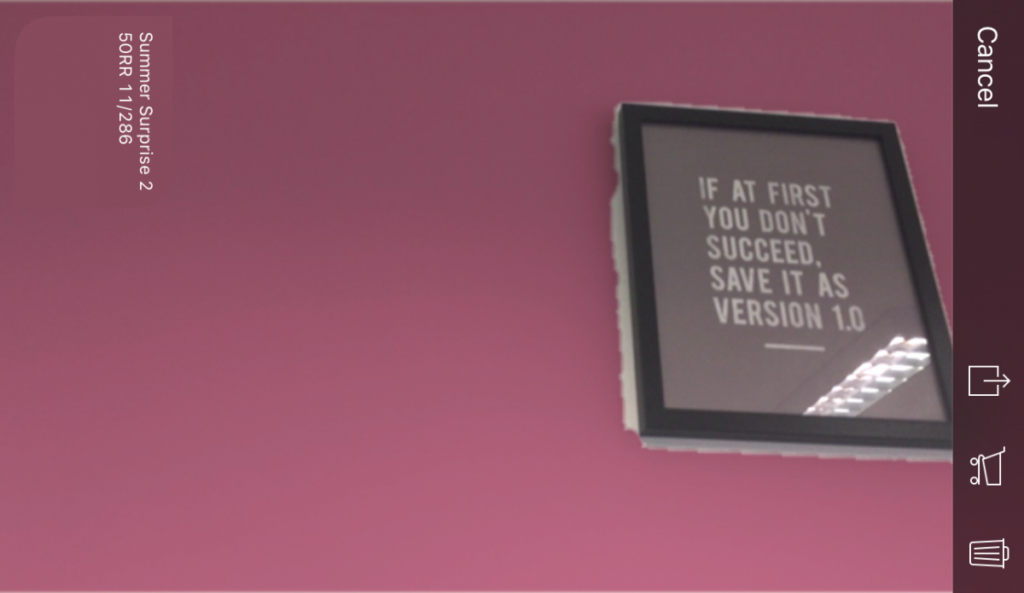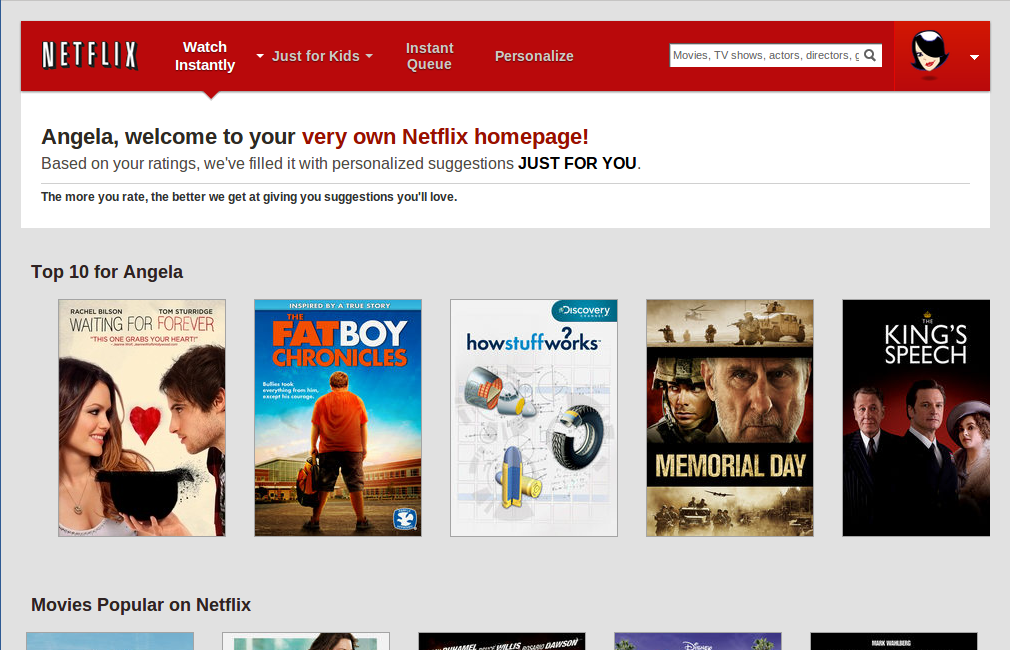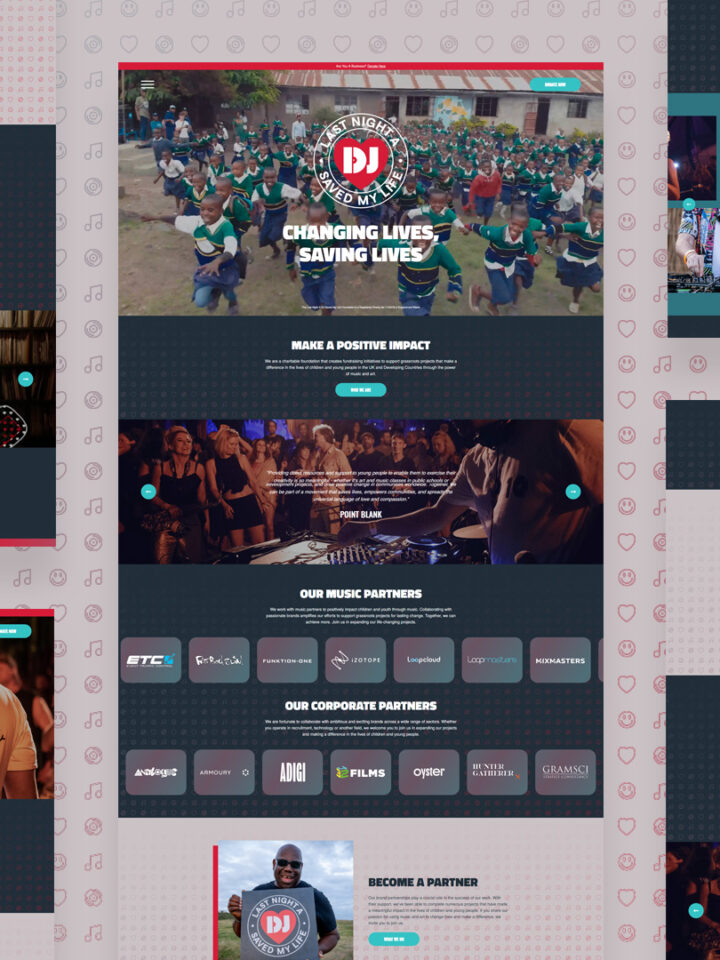The marketing game evolves year to year to best suit the customer, so it’s important to stay on top of the best way to reach and engage with your audience. One thing that will never change is the end goal; visibility. Marketing will always revolve around how customers see your business; so brand’s need to stay on top of their brand voice, message, and focus- no matter what year it is!
There are a few trends which are emerging this year, which you need to be aware of…
Influencer Marketing
A recent survey tells us that 84% of marketers are planning to launch at least one influencer campaign in 2017. If you’re unsure of what influencer marketing entails, it’s the form of marketing in which the focus is placed on specifically chosen, key individuals to spread the message; rather than the whole target market together.
Celebrities or those that run popular Instagram accounts have an edge; they’re the popular kids in high school that have the power to influence others with what they’re wear or consider to be ‘cool.’ By speaking highly about your product, they’re selling to their audience which may be different to your own- one that would not have necessarily come across your brand before. Take the Kylie Jenner example below; known for her social media prowess, she working with brands, shown by the ‘#ad’ in the caption (an FTC requirement.) She runs the 8th most followed account on Instagram and her engagement levels reflect this.
The Live Lokai water bottle she’s promoting received 1,875,001 likes and 72,979 comments on her account; compare this with 35,998 likes and 188 comments on the ‘livelokai’ account. Whilst the Live Lokai engagement level isn’t low, it’s hardly comparable with Kylie’s.
The best way to work with an influencer to produce these advertisements remains to be considered; however, in general, those that are more subtle, or that fit in with a influencers usual content style are the most effective. When choosing an influencer, don’t just pick the one with the highest number of followers; look at the content they produce and consider how it would fit with your product credibility, and look at their engagement levels vs their followers. For example; this Instagram post from a blogger shows a healthy product from Flora, fitting in with the blogger’s general posts which feature health and fitness photos; had they teamed up with a blogger who shows no interest in the product or a healthy lifestyle until their audience can see they’re being paid for the post, it wouldn’t look as authentic.
Interactive Content
Video
Video content grew hugely in 2016, if you scroll through your social feeds, the chances are, the majority of brands posts are video content. In 2015, mobile video views grew 6 times faster than desktop views. Transfer your content to video for a huge increase in engagement.
25,915 Days from Reebok was produced last year, and proved to be a powerful way to remind us all to be be fit and active whilst we can. “The average human lifespan is 71 years. That’s 25,915 days. 25,915 opportunities to make the most of our time, honoring the body you’ve been given through a commitment to physicality. So what are you waiting for? The clock, and your days, are ticketing.”
https://youtu.be/bcJGh32e2Mw
Virtual and augmented reality
If you saw someone running around the neighborhood trying to catch an invisible Pikachu last year, you’ll have seen the power of augmented reality. Putting some of your marketing budget to visual and augmented reality could really increase engagement with your audience.
There is a massive potential for companies such as Dulux, who produced a visualizer app, allowing users to use their phone camera to pick a colour, and with ‘augmented reality technology, allows you to see the colours live in your living space.’ Offering value for the user with your app will really help to drive conversion; however disclaimer- I’m not holding out hope to be named decorator of the year just yet!
Personalisation
Netflix and Amazon are two brands which have set the bar high in terms of personalisation, and have led consumers to expect more from brands and publishers. This year, we can expect brands to seek tools to build some sort of custom experience for their users. This ranges from recommending what a user might enjoy based off their previous purchases or what item’s page they have spent the most time on, to email marketing being tailored to the area of the business they’ve previously shown an interest in.
Mobile friendly strategy
Over the past few years, it’s become clear that internet traffic is coming from mobile devices instead of a traditional desktop. If you’re not catering for these users by ensuring your website is responsive, (i.e. scales to the device it’s being used on so that it is accessible on any device) you’re missing a huge opportunity for engagement.
It seems this year, the expectations for the way brands communicate with their audience is increasing; consumers want a more personalised experience, a higher level of customer service, and to engage in a brand in an authentic way; without being bombarded with overt advertisements.








